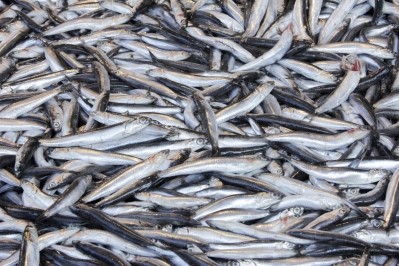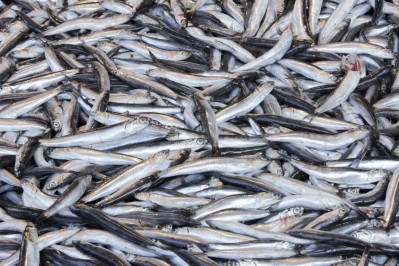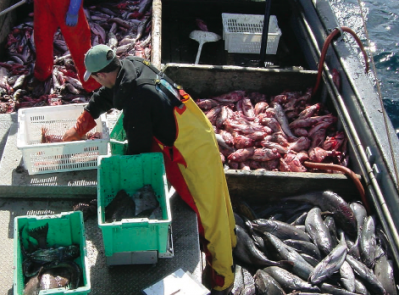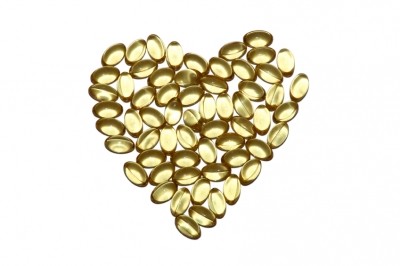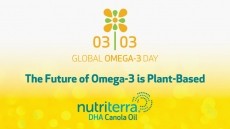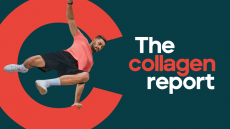Questions about Peruvian fishery highlight advantages of algal omega-3 supply, expert says
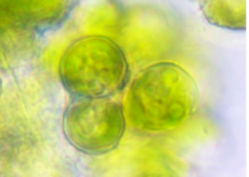
David Hart, director of marketing of Qualitas Health, a supplier of omega-3 oil derived from photosynthetic algae, emphasized he’s no fisheries expert. But he does have experience in the omega-3 sphere and he offered some general observations on the sourcing of marine ingredients. Even with the success stories in fishing, such as the health of the Alaskan pollock fishery even after years of intensive harvesting, history provides plenty of reasons for caution, he said.
“Humans have historically been very poor managers of marine fisheries and ecosystems: some dramatic examples are the collapse of the Northwest Atlantic cod fishery and the California sardine fishery. I can only hope that this dramatic step taken by IMARPE (the Peruvian fishing authority) will have a real impact and will protect this important marine ecosystem,” Hart said.
“Second, we may not completely understand the longer-term impacts of climate change. Ocean conditions, whether or not as part of an El Nino event, can have long-term impacts on the viability and robustness of marine ecosystems. The conditions this year in Peru may be a blip, or they could be part of a longer-term adjustment of the ecosystem to changing climate conditions,” he said.
Stability of supply
Sourcing ingredients from algae offers a number of advantages. In the case of omega-3s, an argument is made for “cutting out the middleman” in the from of fish and going directly to the source. But algal ingredients have up to now struggled in the cost equation and have really only gained signifcant traction in applicaitons where marine-sourced ingredinets have disadvantages, such as infant formula. As technology improves the cost differential narrows, and Hart said the uncertainty hovering over the major source of marine omega-3 ingredients (the Peruvian anchovy fishery supplies about 70% of the world’s total) could help bridge that gap sooner.
“This sort of supply shock will likely reverberate throughout the industry, leading to higher prices and a more unpredictable supply. Both of which do not bode well for a challenged omega-3 consumer market,” Hart said.
“The health benefits and public health importance of omega-3s are so well established, it is now mainly a function of having enough supply of omega-3s to meet the health need. GOED estimates that the World Health Organization omega-3 intake recommendation of 250mg / day requires approximately 650 thousand metric tons of EPA/DHA; while the current ocean capacity is only 530 thousand tons. When taking into account higher dosages of omega-3s from some of the emerging research and public health recommendations (450 or 1000mg / day), this supply gap becomes even larger. It is clear that an alternate, and sustainable source of omega-3s is needed,” he said.
Farming model
Hart said sourcing omega-3s from algae shifts the equations from a “hunter-gatherer” model to a farming model. Output from algal omega-3 facitilies is repeatable and predictable and makes use of renewable resources. In the case of Israel-based Qualitas, the company has located its open pond production facility in sunny West Texas where it produces an omega-3 ingredient branded as Almega PL, which is unique among algal omega-3 ingredients in its claims of high phospholipid content.
“In the longer term, as the demand for omega-3s continues to increase and more pressure is put on marine ecosystems, one would expect that this supply volatility to have negative consequences—including a consistent trend of increasing prices. This will make alternate sources with a stable supply much more valuable and desired,” Hart said.
